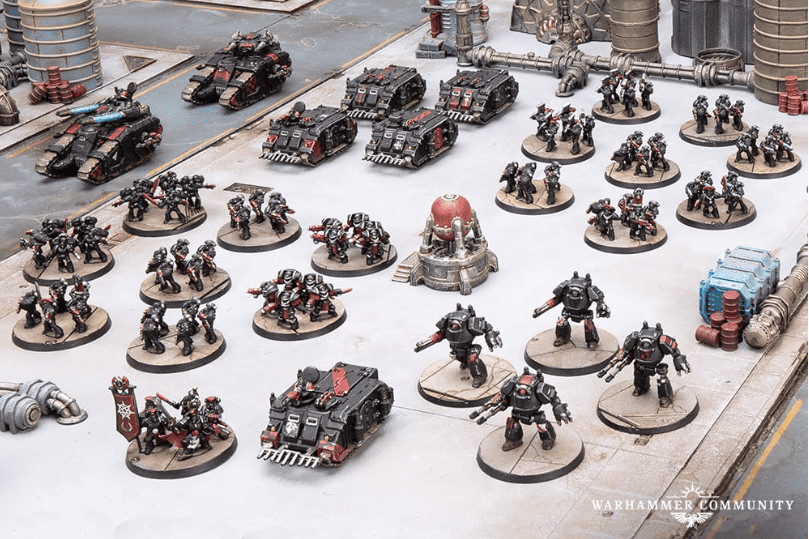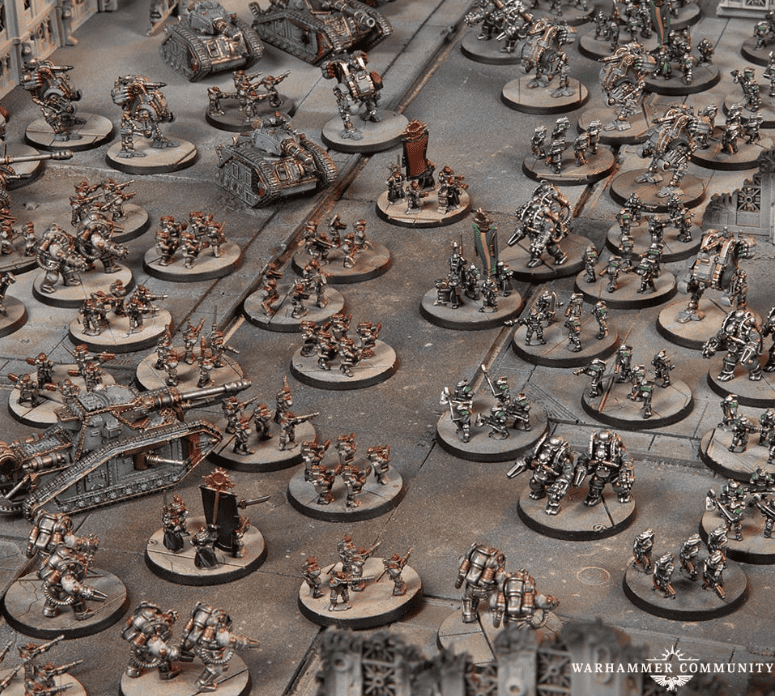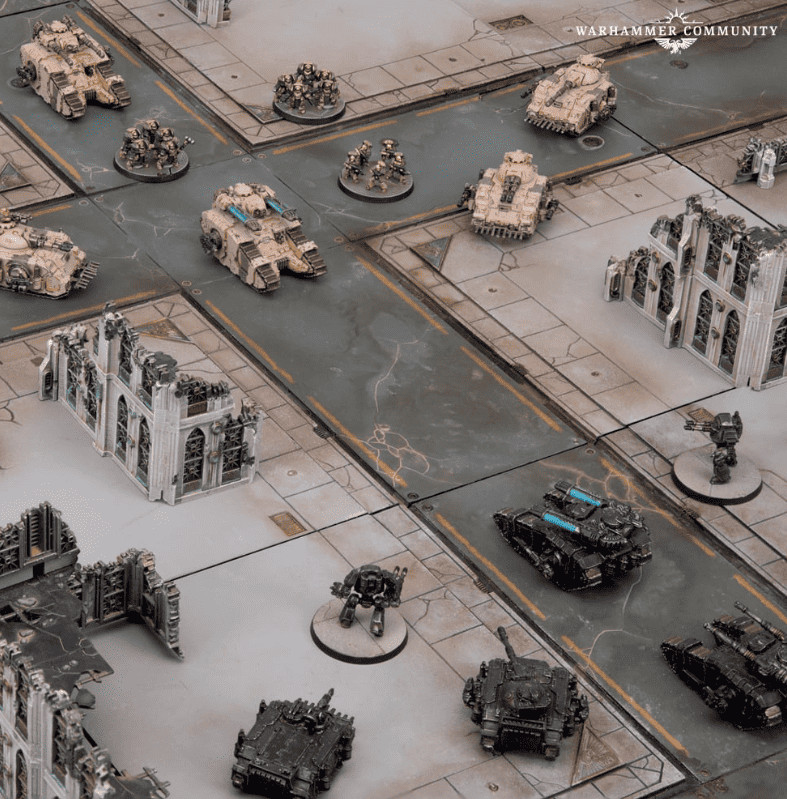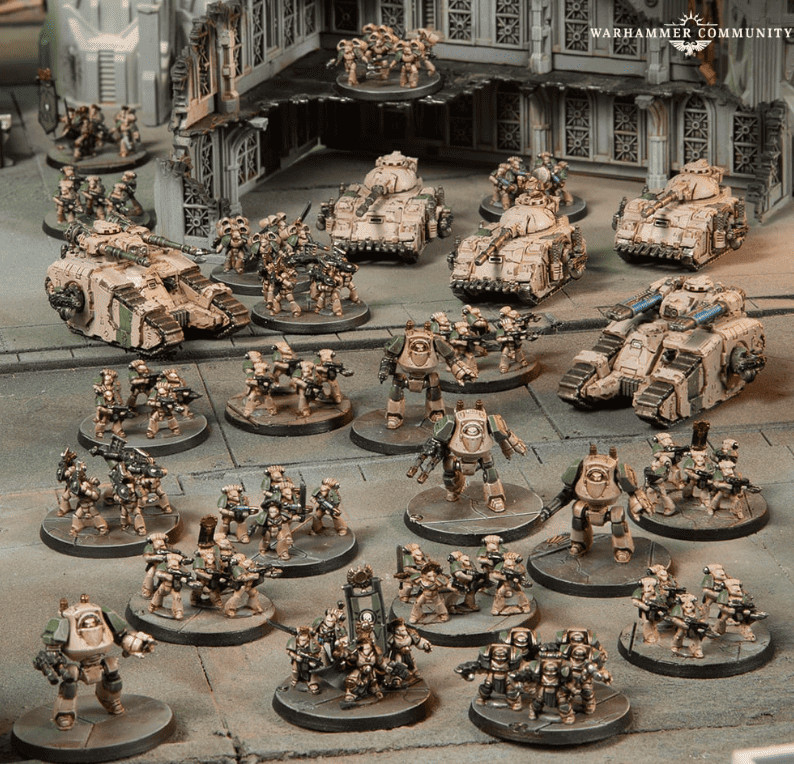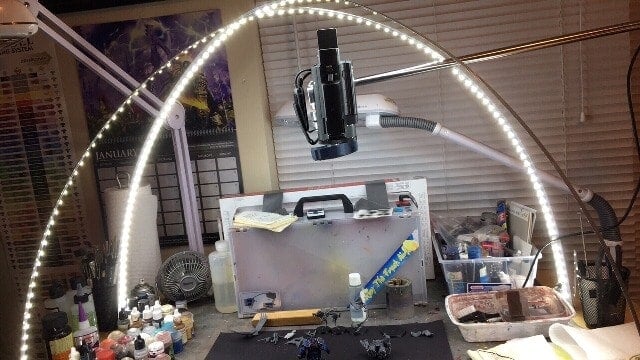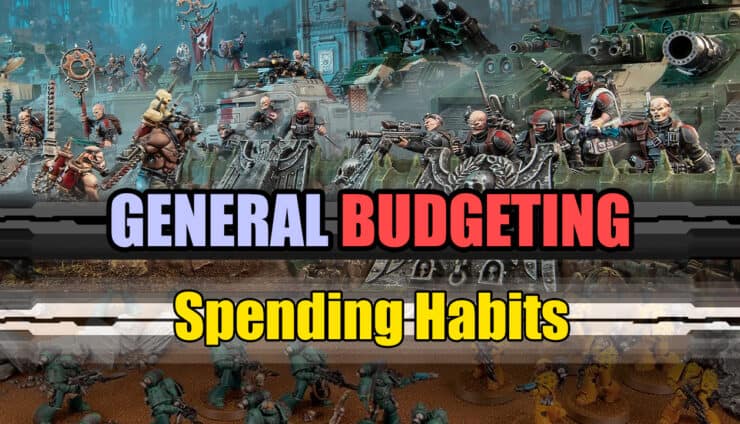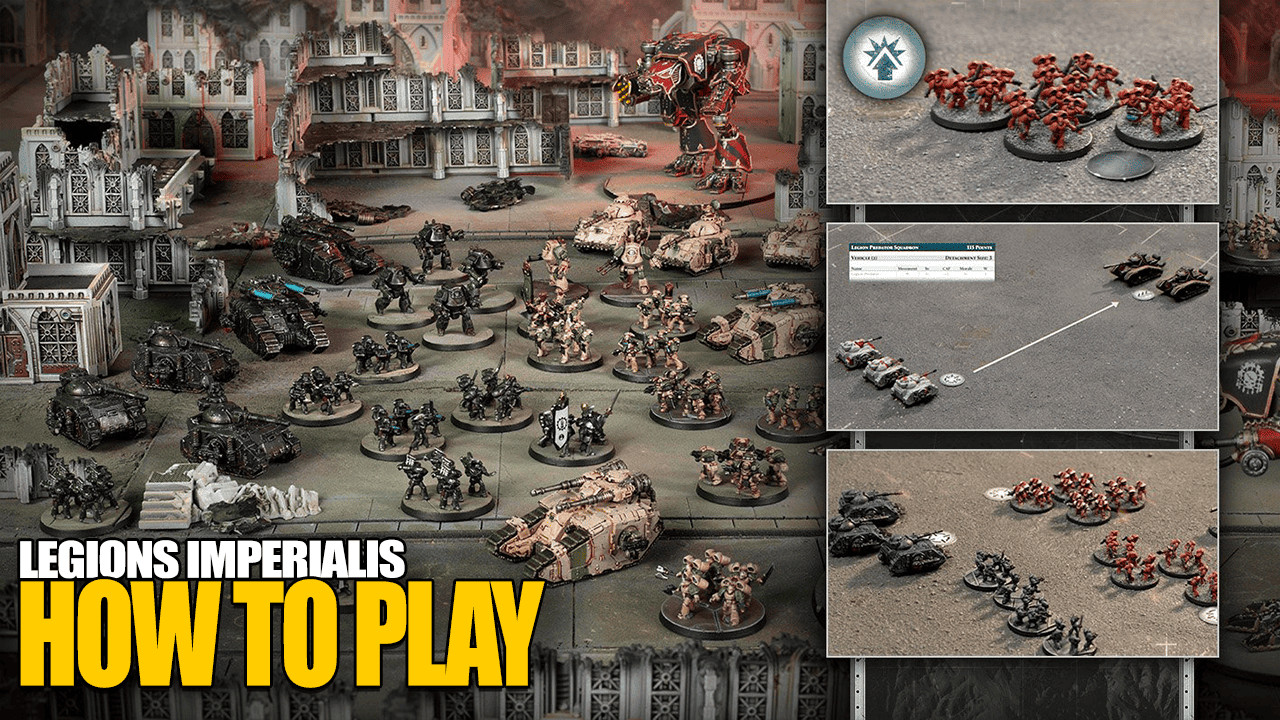 Here’s how to play Legions Imperialis, how the turns will work, and what phases will be involved with the game- check it out!
Here’s how to play Legions Imperialis, how the turns will work, and what phases will be involved with the game- check it out!
If you’ve patiently waited for Epic Warhammer 40k to return, it’s being rebranded in the Horus Heresy era as Legions Imperialis.
While we’ve seen plenty of the miniatures in the starter box, it’s always nice to get more details of how the game will play out on the tabletop, especially with the game finally coming out amid many delays.
Find out more from our guide on how to play Legions Imperialis by jumping to any of the sections below, or dig in from the beginning!
- How to Play Legions Imperialis Orders Phase
- The Initiative Phase
- The Movement Phase
- The Combat Phase
- The End Phase
Games Workshop Confirms How to Play Legions Imperialis
The new rules for how to play Legions Imperialis come from Warhammer Community.
Before you do anything, you’ll need to summon some troops to march under your banner. This starts with picking an Allegiance – either Loyalist or Traitor – then choosing which faction you’ll use as your Primary Army List. At present, you may either pick Legiones Astartes or Solar Auxilia, but you can take allies.
Individual armies are made up of Detachments, which function like units in other games – squadrons of tanks, entire platoons of infantry, or singular massive war machines. These are organised into Formations, which provide your army list with a strong thematic core when you’re picking Detachments. Each army must have at least one Formation for every 1,500 points in its total cost.
This means you’ll be forced to have at least two different formations in a full-size game, but from the sample army lists we saw, they had many more than that.
How to Play Legions Imperialis Orders Phase
Unlike other Warhammer games you may have played, Legions Imperialis has players constantly swapping control during a turn, rather than taking them one after another. This keeps the action dynamic, despite time spent on strategic planning, and forces players to adapt quickly to unexpected moves from their opponent.
Every Detachment must be given an Order, which is issued in secret during the Orders phase. Each player places tokens face-down next to their Detachments, which are then flipped over simultaneously once everyone’s done.
Orders allow Detachments to do anything from standing in place and shooting – which gives them an advantage over anything choosing to move and shoot – to marching and charging into close combat. Not only will players have to try and predict what their opponent might do, but they must also ensure their plans will work regardless of who claims the Initiative.
This is an interesting mechanic used in other games and can be really fun! You basically have to decide how important going first is and doing less. Plus, with the tokens face down, it adds a fun little mind game aspect to it.
The Initiative Phase
Legions Imperialis is a game of alternating activations, where players take turns to move or fight with individual Detachments in each phase. So even though you won’t need to watch your army weather an entire turn’s worth of firepower before responding in kind, it’s still important which of your Detachments you activate first, as battles can hinge on a key unit being utilised at the right time.
Seizing the Initiative is no more trying than winning a roll-off with your opponent, but whoever wins can choose who goes first. If you’d rather wait for the enemy to come to you, or just want to play some crazy mind games, try letting them make the first move.
The initiative is still hinged on a dice roll, but if you win, you can choose to either go first or second, which is obviously a big deal. It looks like you will roll each turn from the sound of it, which could be really interesting.
The Movement Phase
Starting with the one who holds the Initiative, players activate one of their Detachments and move it according to the Order they were given. Advancing units are able to move and fire while Charging units trade the ability to shoot for extra speed and the opportunity to get into close combat with their foe.
Detachments may also March, doubling their movement (or tripling it if they’re dismounted Infantry). Charging units can also lock opponents in close combat before they enact their own Orders, making Initiative vital in close engagements where fights are often quick and bloody.
It looks like if you are charging, you cannot shoot, and once you lock an enemy into combat, they can’t make their own activations that turn, so lock down those big shooting units in combat!
The Combat Phase
Ranged and melee combat both take place in the Combat phase, where action alternates between each player. Crucially, Detachments which took the Fire First Order give up their chance to move in return for shooting before any other units fight – which is as powerful an advantage as it sounds.
If you’re already in range to shoot, you gain a massive advantage by not moving and can possibly whittle down or destroy your enemy before they have a chance to fire back.
These Detachments resolve their attacks one by one – once again via alternating actions – followed by all Combats – melee encounters in which opposing Detachments have come into base-to-base contact. Finally, any Detachments given an Advance Order can unload their guns at the enemy.
Morale checks are taken during the Combat phase once an attack has finished resolving. Failure will change that unit’s Order to Fall Back, forcing them to back away from combat. Should a Formation take casualties equal to or exceeding half its original strength, it will also become Broken, and any remaining Detachments will find it much harder to fight effectively.
Even in the same detachment, you alternate actions, which should make each turn much more interesting instead of one person just getting to blast the other off the board. Melee comes after shooting, and if you lose the combat, you have to actively fall back and can even break.
The End Phase
During the End phase, any units with a Fall Back Order will attempt to flee via their own battlefield edge. Fleeing units may take further damage if they’re forced to move through enemy Detachments during their escape, and failing subsequent Morale checks will keep them running headlong for safety/making a disciplined and tactical withdrawal.** Importantly, fleeing units cannot be issued Orders in the next round.
Finally, Victory Points are scored in missions that use them, according to a range of parameters. Once everything is resolved, a new round begins.
Well, much like fantasy, your fleeing units run directly for the edge of the board! You’ll have to rally them before they can get in the fight. Lastly, you add up victory points and move on to the next round!
Be sure to check out the latest about Legions Imperialis in the articles below:
- How to Play Legions Imperialis
- The Actual Cost to Play Legions Imperialis is Pretty Wild (3,000 Points)
- Legions Imperialis Pricing & Starter Box Value – Spikey Bits
All the Latest Warhammer Rules & Model Rumors
What do you think about the turn sequence and how to play Legions Imperialis?
